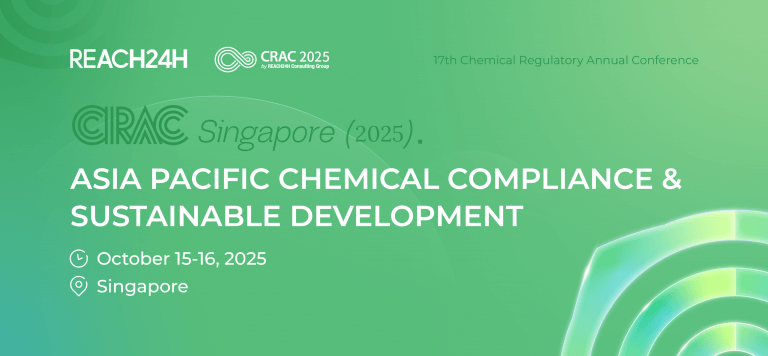SDS Delivery Methods
Currently, SDS shall be delivered in a method agreed to by the recipient, such as through the delivery of a magnetic disk/CD or the transmission by email/fax, in addition to the delivery of a document. After the revision of the Ordinance, there are two new SDS delivery methods, i.e., through sending the website where the SDS is posted or the QR code. Meanwhile, it is stipulated that prior consent from the recipient is no longer required for delivery methods. The new rules take effect immediately. In addition, the Enforcement Order of PDSCL4 was also revised on June 3, 2022 to adopt the two new SDS delivery methods.
Update Frequency
From April 1, 2023, it is mandatory to review the health hazards every 5 years. If there are any updates, the SDS must be updated and delivered to the downstream links within 1 year.
New Contents to Display on SDS
The recommended uses of the chemical, as well as the restrictions of the recommended uses shall be indicated on the SDS. It is recommended to indicate such contents in Section 1 of the SDS. The requirements will take effect on April 1, 2024.
Ingredients Concentration Range
From April 1, 2024, the concentration of an ingredient shall be measured by weight (w/w %), and the other concentration units, e.g., mg/L can no longer be used. In addition, the current maximum width of 10% for indicating concentration range will be abolished. For example, at present for ingredient concentration, 12% can be written as [10-20%], 6% can be written as [less than 10%]. However, in the future (from April 1, 2024), in principle a specific concentration shall be indicated on SDS. Concentration range can apply if the ingredient has concentration range due to force majeure (e.g., the foreign supplier only provides a concentration range of the ingredient, or the ingredient has certain properties which result in a concentration range). Besides, the name and concentration of an ingredient that applies to CBI protection rules can be omitted.
Labeling
From April 1, 2023, labeling is mandatory on containers in the factory if the subject chemical is (1) transferred from one container to another; or (2) stored in a container after manufacture. Reprinted from: ChemLinked
Contact Us
If you have any questions on Global GHS/SDS/Labeling, please feel free to contact us. Tel: +86 (0)571-87007555 Email: customer@reach24h.com





